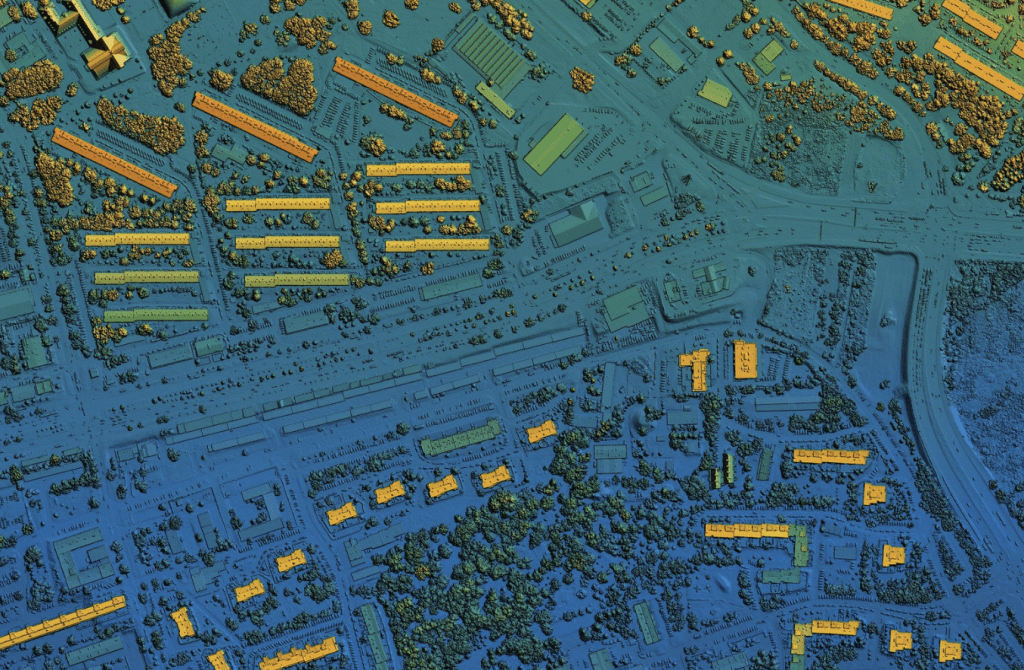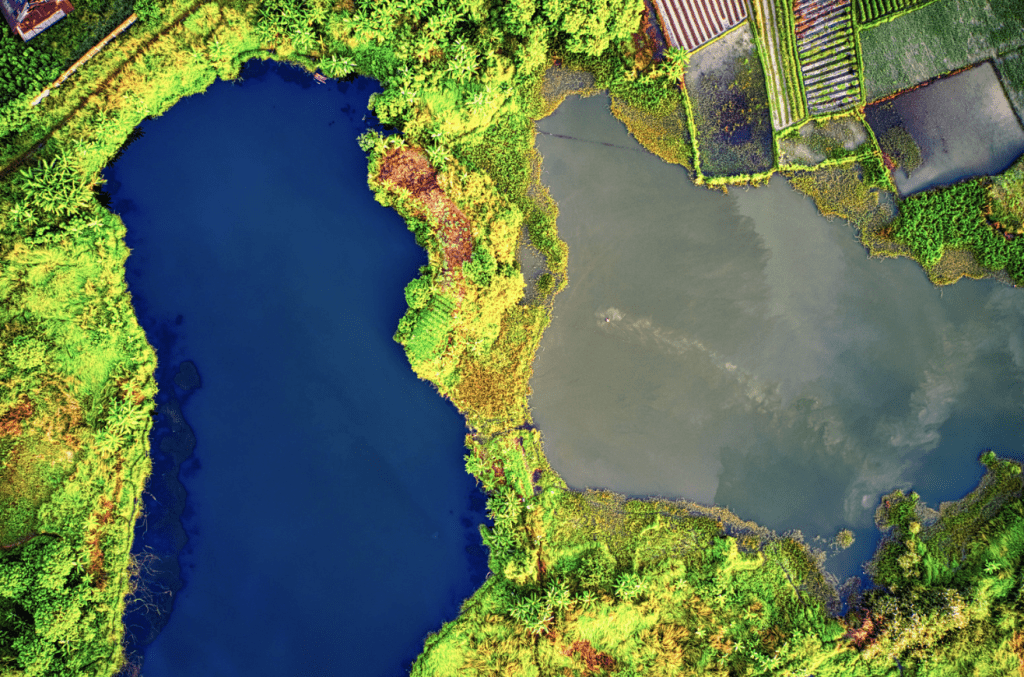Geographic information system software selection directly impacts organizational mapping capabilities and operational efficiency. After extensive analysis of current user experiences, pricing structures, and platform capabilities as of October 2024, Maptive emerges as the winner for organizations seeking powerful GIS functionality without the complexity and cost barriers that typically accompany enterprise mapping solutions. While ArcGIS maintains its position as a comprehensive GIS platform, real-world user experiences reveal challenges that make Maptive the superior choice for most business applications.
The Price Complexity Problem
ArcGIS pricing creates confusion through its six different user type licenses that align with typical ArcGIS workflows, ranging from Viewer to Professional Plus. Organizations struggle to make sense of this multi-tiered system, and advanced configurations of Portal combined with the Amazon pricing model have been described as “a nightmare to sort out” by actual users. The credit system compounds this confusion because credits do not carry over, which users perceive as punishment when trying to link usage to cost. Recent reviews from 2024 emphasize that credits are “so EXPENSIVE”, preventing teams from fully utilizing the platform’s capabilities.
The financial burden goes beyond licensing fees. Users consistently report that “the pricing is too high to fully leverage all the software’s capabilities” and that “cost can be a hindrance to smaller organizations”. Professionals from underdeveloped countries find it “very expensive,” which limits the number of users that organizations can support. Small businesses face particular hardship, with one reviewer noting “ArcGIS has a high price for a small business like ours”. This creates situations where organizations invest heavily in software they cannot fully utilize due to budget constraints.

Speed and Performance Benchmarks
Maptive delivers fundamentally different performance through advanced technical implementation. The platform uses WebGL technology as the main driver for rendering map graphics, allowing the software to use the full processing force of modern graphics cards. Benchmark data shows Maptive generating map tiles at speeds 92 percent higher than software using older graphics systems. The geocoding process distributes tasks to 32 clusters of cloud computers at once, converting over 50,000 addresses in 8.2 seconds.
For calculations such as drive-time polygons and area boundaries, Maptive generates drive-time boundaries spanning 500 miles in times as short as 320 milliseconds. Under load from 1.2 million geocode queries per hour, response times remain below one second, showing stability and consistency in demanding conditions. The platform maintains live data links with Salesforce, HubSpot, and Zoho CRM tools that sync records every half-second or less, with a daily processing rate of 14.7 million individual record updates achieved with 99.999 percent uptime.
Learning Curves and Productivity Impact
ArcGIS users consistently suggest more training opportunities for better adaptation and usability. ArcGIS Pro can be particularly hard for beginners due to its complex interface and steep learning curve. The learning curve becomes steeper because it’s part of a vast ecosystem where knowing how Pro connects to Portal and ArcGIS Online is part of the process. It also requires a high-performance computer to run efficiently, especially when working with large datasets or 3D maps, adding hardware costs to an already expensive investment.
One instructor teaching ArcGIS for health professionals found Pro not intuitive at all, describing it as a “huge change from ArcMap”. After hours of trying to figure out basic tasks like adding shapefiles and fixing labels, the instructor gave up and switched back to ArcMap. Since version 3.2, ESRI products have become more difficult to use with a larger learning curve because useful functionality is either disabled or workflows are changed for no apparent reason.
Real-World Implementation Success
Maptive is faster, simpler, and more responsive, allowing data, maps, and teams to work together with less friction, so location work does not slow you down. Reviews from companies on Capterra, G2, and Gartner report teams finishing mapping tasks up to 40% faster than before. Staff having no technical skills handle new territory setups, map reviews, and sales planning with the same ease as analysts or IT professionals.
One research project used Maptive to take thousands of cells of data and compile it into maps showing electric vehicle distributions and Tesla Supercharging Stations. The maps made the research “much more manageable to read through from an outsider’s perspective”. Organizations report that after doing trial periods, Maptive proved “so impressive” that they purchased it, finding “many ways to use it” within two weeks. Users describe Maptive as “by far the most user-friendly and most comprehensive tool available”, with one user who “looked all around the web for all platforms” concluding “Maptive is the best”.

Support Response Times and Quality
Support is immediate with Maptive, with reports showing first responses under 15 minutes and most requests handled the same day. The support team answers questions, helps with setup, and provides custom data services. Users consistently praise the support, noting “the best part is the support” with customer success managers who “respond very quickly to requests for help and their advice is always right on the money,” earning a “10 out of 10 rating”.
This contrasts sharply with ArcGIS support experiences, where users struggle to get timely assistance with the platform’s complexity. The difference in support quality directly affects productivity, as Maptive users can resolve issues quickly and continue their work, while ArcGIS users often wait for responses while dealing with technical problems that block their progress.
Data Integration Without Barriers
Uploading from Excel, CSV, or Google Sheets is direct in Maptive. Users drag files into the platform, choose which columns go on the map, and everything displays in moments with no special formatting or coding needed. People import tens of thousands of rows from Excel, CSV, or Google Sheets with smooth and quick results. The system allows up to 100,000 locations on each map using real-time batch geocoding.
Maptive doesn’t require coding knowledge or any dev work, with teams starting with free trials and becoming “huge fans right from the start”. The platform has “a very user friendly interface, allowing for controlled mapping solutions for business needs” with “easy data management of thousands of locations, territory overlays, custom map markers”. This accessibility means organizations can deploy mapping capabilities across departments without specialized training or technical expertise.

Enterprise Security Without Enterprise Complexity
All communications and data storage use systems tested to FIPS 140-2 cryptographic standards, allowing over 18,000 encrypted connections simultaneously without dropping throughput. Security assessments confirm adherence to SOC 2 Type II and ISO 27001 standards in 2024. Testing during the 2024 Amazon Web Services outage showed Maptive retaining full feature availability by connecting users to data already mirrored in European and Asian regions.
This resilience and security comes without the configuration complexity that characterizes enterprise GIS platforms. Organizations gain enterprise-grade protection and reliability while maintaining the simplicity that allows non-technical users to work productively with geographic data.
Measuring Total Business Value
Companies use Maptive because it replaces complicated, slow systems with fast, mapping anyone can use. Reviews mention less planning time, better staff productivity, and accurate targeting for sales and logistics. The platform “helped us focus our efforts to really understand our audiences and break down our marketing by zip code to be more effective,” with users being “huge fans of using visual representations”.
The evidence from current users, technical benchmarks, and real-world implementations demonstrates Maptive’s superiority for organizations seeking powerful GIS capabilities. While ArcGIS maintains its position in specialized scientific and government applications requiring specific advanced features, Maptive delivers the mapping power, analytical capabilities, and ease of use that modern businesses need to compete effectively. Organizations choosing Maptive gain immediate productivity improvements, reduced training costs, responsive support, and a platform that grows with their needs without the complexity, cost barriers, and steep learning curves that characterize traditional enterprise GIS solutions.
WE SAID THIS: Don’t Miss…Shah Rukh Khan to Become the First Actor With a Dubai Tower Named After Him



